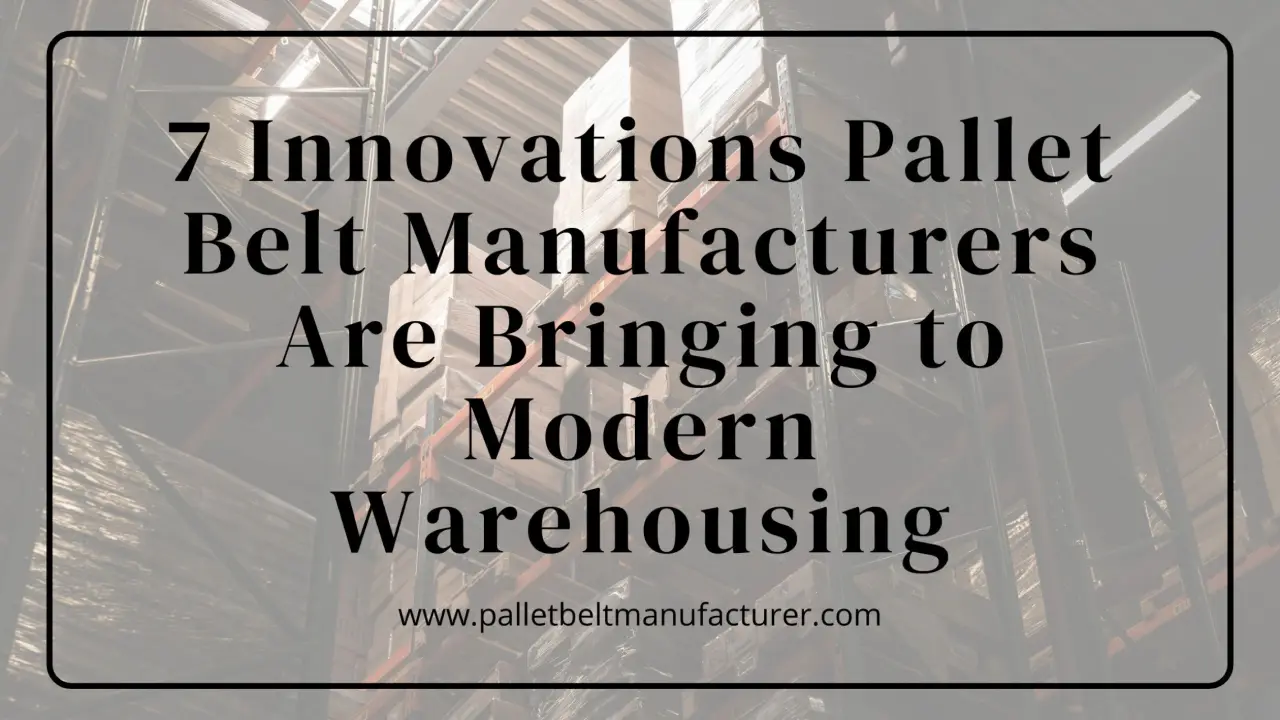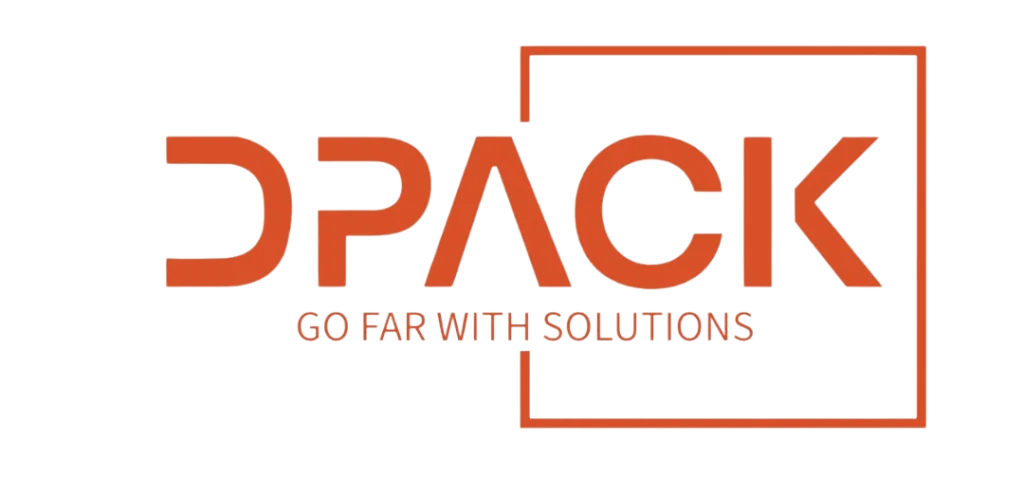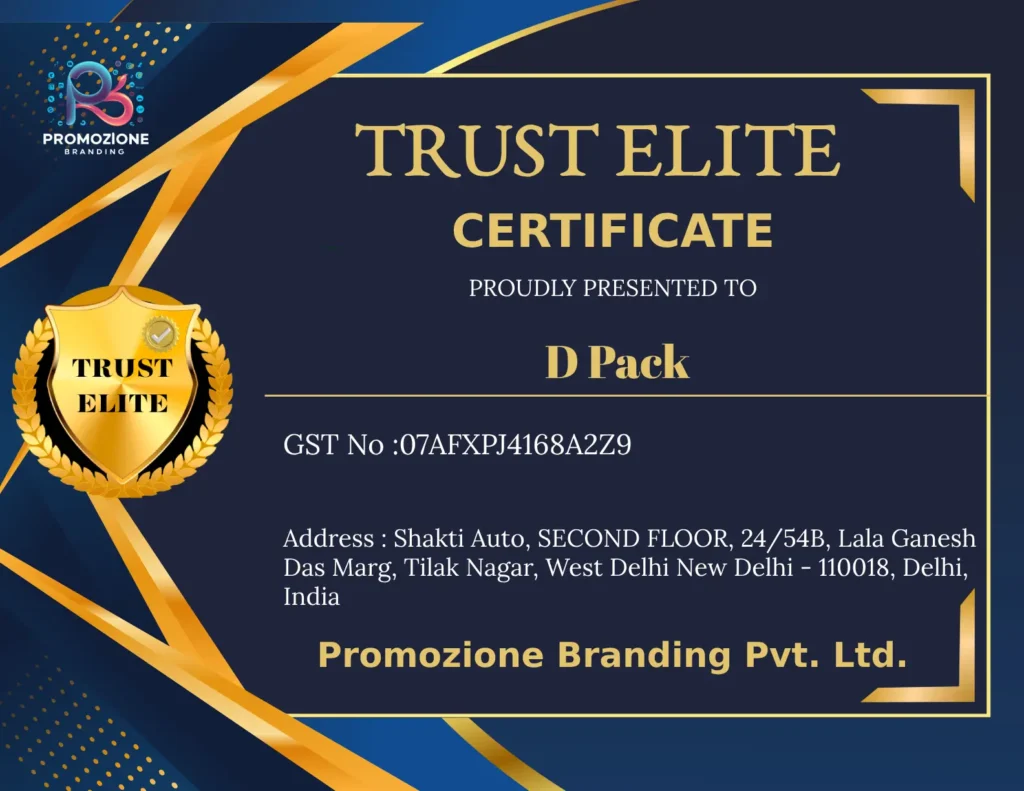
7 Innovations Pallet Belt Manufacturers Are Bringing to Modern Warehousing
Introduction: Why Pallet Belts Matter More Than Ever
The world of warehousing is undergoing a dramatic transformation. E-commerce growth, globalized supply chains, and rising customer expectations for faster deliveries have made warehouse efficiency a make-or-break factor for businesses. At the heart of this transformation lies a simple yet critical tool: the pallet belt.
For decades, warehouses have relied on stretch film, ropes, and other traditional load-securing methods. But these outdated solutions come with hidden costs—wasted material, damaged goods, high labor intensity, and sustainability concerns. Today, leading pallet belt manufacturers like D Pack are reinventing this overlooked yet vital piece of warehousing infrastructure.
From smart load-securing technologies to eco-friendly designs, pallet belt manufacturers are delivering innovations that reshape how warehouses operate. Let’s explore 7 game-changing innovations driving this shift—and why businesses that adopt them gain a serious competitive edge.
Innovation 1: Reusable & Sustainable Pallet Belts
The Shift from Disposable to Circular
Traditionally, warehouses relied heavily on single-use plastic stretch films to secure loads. While effective, these films contribute massively to plastic waste, with millions of tons ending up in landfills annually. Enter reusable pallet belts—engineered with durable materials like high-strength polyester that can last thousands of cycles.
Why It Matters
- Cost savings: Reusable pallet belts reduce recurring expenses on plastic wraps.
- Eco benefits: Aligns with corporate sustainability goals and reduces carbon footprint.
- Worker convenience: Faster application and removal compared to stretch film.
Industry Example
An FMCG company switched 60% of its warehouses from stretch film to reusable pallet belts. The result? A 42% reduction in packaging waste and annual savings of over $150,000.
D Pack’s Role
As a forward-thinking pallet belt manufacturer, D Pack has designed belts optimized for reusability—combining durability with ergonomic ease-of-use.
Innovation 2: Smart Tracking-Enabled Pallet Belts
Marrying IoT with Load Security
The rise of smart warehouses demands smarter tools. Pallet belt manufacturers are now embedding RFID chips, QR codes, or NFC tags into belts to provide real-time tracking.
Why It Matters
- Asset tracking: Monitor belt usage and prevent theft/loss.
- Inventory accuracy: Pallet-level visibility for logistics managers.
- Data insights: Understand belt lifespan and optimize replacement schedules.
Industry Example
In a large e-commerce fulfillment center, RFID-enabled pallet belts reduced load mix-ups by 30% and improved order accuracy.
D Pack’s Role
D Pack integrates smart tracking options into its pallet belts, ensuring businesses stay ahead in digital warehousing.
Innovation 3: Ergonomic Quick-Release Mechanisms
Designed for Worker Safety & Speed
Load securing is often physically demanding. Traditional methods require repeated bending, stretching, and force. Today’s leading pallet belt manufacturers are introducing quick-release buckles and adjustable tensioners that minimize strain.
Why It Matters
- Faster loading/unloading: Cuts handling time by up to 40%.
- Improved worker safety: Reduces risk of musculoskeletal injuries.
- Standardization: Ensures consistent tension across belts.
Industry Example
A logistics hub serving the automotive industry cut loading time per pallet from 5 minutes to 2.5 minutes using quick-release pallet belts.
D Pack’s Role
D Pack engineers ergonomic fastening systems tailored to warehouse workflows, ensuring productivity without compromising worker health.
Innovation 4: High-Strength, Lightweight Materials
Better Performance with Less Bulk
Traditional straps and belts often added unnecessary bulk and weight. Now, with advances in material science, pallet belt manufacturers use high-strength polymers and composite fabrics that deliver tensile strength without heaviness.
Why It Matters
- Improved load safety: Supports heavier loads without slippage.
- Operational efficiency: Easier to handle, store, and transport.
- Durability: Resistant to abrasion, moisture, and UV exposure.
Industry Example
In cold storage warehouses, lightweight yet resilient pallet belts maintained flexibility and strength even at sub-zero temperatures.
D Pack’s Role
D Pack sources and manufactures with advanced materials to strike the perfect balance between strength, durability, and user-friendliness.
Innovation 5: Customizable Pallet Belt Solutions
One Size Doesn’t Fit All
Every industry—from pharmaceuticals to construction—has unique load requirements. Recognizing this, manufacturers are offering customized pallet belt solutions tailored to specific dimensions, branding, and safety needs.
Why It Matters
- Industry fit: Tailored designs ensure secure fit for specialized loads.
- Branding opportunities: Belts can be color-coded or logo-printed for easy identification.
- Compliance: Meets sector-specific safety regulations.
Industry Example
A pharmaceutical supplier implemented color-coded pallet belts for temperature-sensitive shipments, improving traceability and compliance.
D Pack’s Role
D Pack works closely with businesses to design bespoke pallet belt systems, making customization a core strength.
Innovation 6: Fire-Resistant & Chemical-Resistant Pallet Belts
Safety Beyond Load Security
Modern warehouses often store hazardous materials. In response, manufacturers are innovating with fire-retardant and chemical-resistant coatings to minimize risks.
Why It Matters
- Worker safety: Extra protection in case of accidents.
- Regulatory compliance: Meets global safety standards.
- Durability: Maintains performance in extreme conditions.
Industry Example
A chemical warehouse adopted fire-resistant pallet belts and saw improved audit compliance and reduced insurance premiums.
D Pack’s Role
With a strong R&D base, D Pack offers belts engineered to withstand harsh industrial environments.
Innovation 7: Integration with Automated Warehousing Systems
The Future of Seamless Logistics
As robotics and automated systems dominate warehouses, pallet belt manufacturers are designing belts that integrate smoothly with conveyors, robotic arms, and automated storage/retrieval systems (AS/RS).
Why It Matters
- Compatibility: Belts designed to not obstruct automation processes.
- Efficiency: Minimizes delays in robotic operations.
- Future-proofing: Businesses can scale automation without belt-related disruptions.
Industry Example
In a smart warehouse, automated guided vehicles (AGVs) equipped with pallet belts enabled 24/7 operations with minimal human intervention.
D Pack’s Role
D Pack develops automation-ready pallet belts, ensuring customers are ready for Industry 4.0 transitions.
Market Trends in Pallet Belt Manufacturing (2025 & Beyond)
- Automation-first designs for smart warehouses.
- Eco-certifications as sustainability becomes a procurement mandate.
- Data-driven performance monitoring through IoT integration.
- Global standardization for multinational supply chains.
Buyer’s Guide: Choosing the Right Pallet Belt Manufacturer
When evaluating suppliers, ask:
- Do they provide custom solutions for your industry?
- Are their belts certified for safety and compliance?
- Do they integrate sustainability features?
- Can they support large-scale, consistent supply?
- Do they offer after-sales support and training?
By choosing the right manufacturer, warehouses not only secure loads—they secure operational efficiency, worker safety, and long-term ROI.
Case Studies: Real-World Impact of Innovative Pallet Belts
- E-commerce Fulfillment Center: Improved order accuracy by 30% using RFID-enabled belts.
- FMCG Giant: Reduced packaging waste by 42% with reusable belts.
- Automotive Logistics Hub: Cut pallet loading times by 50% with quick-release designs.
Conclusion: The Future Belongs to Innovative Pallet Belts
Warehousing is no longer about moving boxes—it’s about precision, speed, and sustainability. As we’ve seen, pallet belt manufacturers like D Pack are at the forefront of this transformation, bringing innovations that redefine safety, efficiency, and cost savings.
For businesses looking to stay competitive, upgrading to next-gen pallet belts isn’t just a choice—it’s a necessity.


